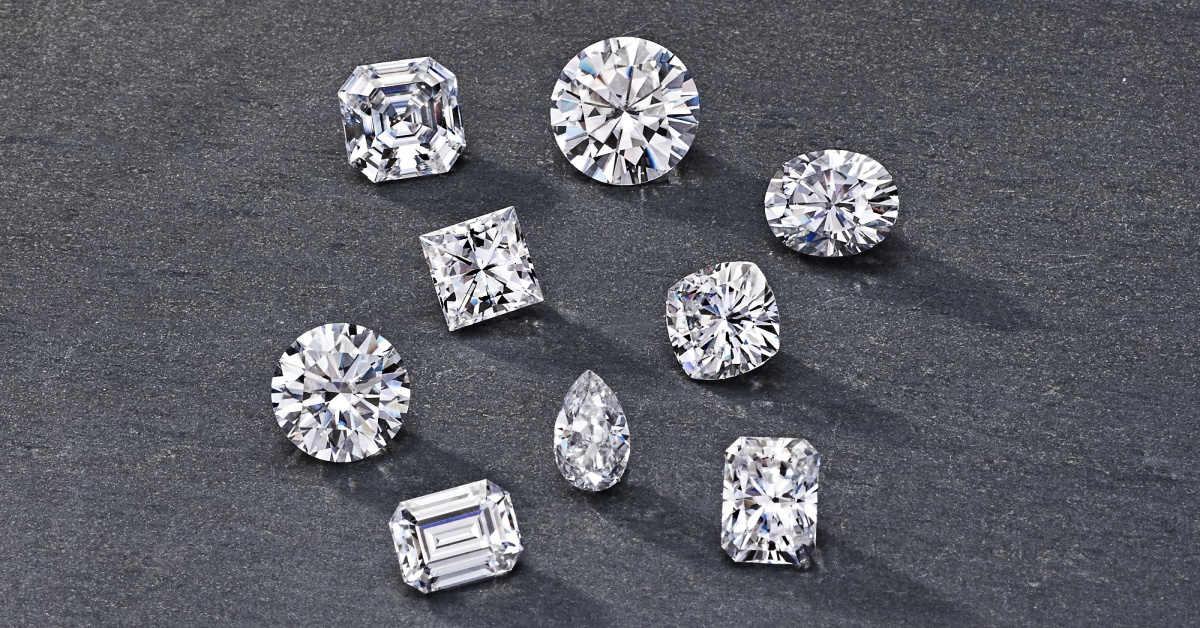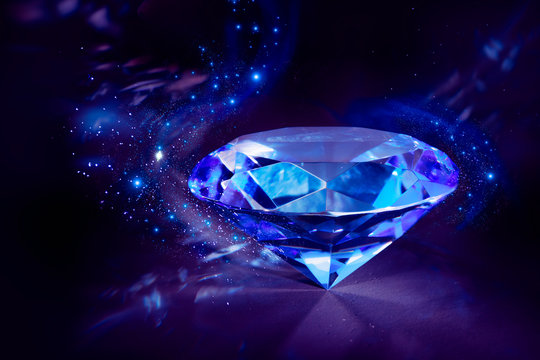Introduction to Lab-Grown Diamonds
What Are Lab-Grown Diamonds?
Lab-grown diamonds are the dazzling wonders of current innovation. Not at all like their normal partners, these jewels are created in controlled conditions, replicating the high-pressure, high-temperature conditions tracked down profound within the World’s mantle. This implies inclusions in lab grown diamonds are, at their center, synthetically and genuinely indistinguishable from normal diamonds. They’re more reasonable as well as offer a sustainable decision for the eco-cognizant.
How Are Lab-Grown Diamonds Made?
The most common way of creating lab-grown diamonds involves two main strategies: High Strain High Temperature (HPHT) and Compound Fume Testimony (CVD). HPHT emulates the World’s normal circumstances, while CVD involves depositing carbon particles onto a substrate to frame a diamond layer. The two strategies produce diamonds with similar shimmer and splendor as regular ones, yet they accompany their own exceptional arrangement of qualities, including the presence of inclusions.
Inclusions: The Essentials
What Are Inclusions?
Inclusions in diamonds are internal blemishes or defects that can influence the stone’s appearance and worth. These can go from tiny spots of carbon to additional perplexing developments like needle-like precious stones. Inclusions are regular and happen both in lab-grown and mined diamonds, however their tendency and recurrence can change depending on the creation cycle.
For what reason Do Inclusions Happen?
Inclusions structure during the diamond’s development interaction. For lab-grown diamonds, the inclusion types can be influenced by the particular techniques and conditions utilized during their creation. In HPHT diamonds, inclusions could include metallic inclusions or precious stone like highlights, while CVD diamonds often show needle-like inclusions or gas bubbles. Understanding these inclusions helps in assessing the general quality and worth of the diamond.
Kinds of Inclusions in Lab-Grown Diamonds
Surface Inclusions
Surface inclusions are blemishes that show up on the outer layer of the diamond. These may be tiny pits, scratches, or flaws that can influence the diamond’s lucidity and shine. They are often less extreme than internal inclusions yet at the same time need careful examination.
Internal Inclusions
Internal inclusions are tracked down within the actual diamond. They come in different structures:
Air pockets and Gas Pockets
These are tiny pockets of gas caught within the diamond during its development. They show up as little, round inclusions and can at times be seen under amplification.
Gem Inclusions
Gem inclusions are little parts of different minerals caught within the diamond. These can be needle-like or plate-like designs and may influence the diamond’s clearness.
Blended Inclusions
Blended inclusions are a combination of various kinds of inclusions, for example, gas air pockets and precious stone parts. These can be more challenging to evaluate and may differ altogether by all accounts and effect.
The Effect of Inclusions on Lab-Grown Diamonds
Tasteful Effect
Inclusions can influence the visual allure of a diamond. While certain inclusions are minor and barely recognizable, others can reduce the stone’s brightness. In any case, lab-grown diamonds often have less inclusions compared to regular ones, making them an appealing choice for those seeking high lucidity.
Primary Integrity
Inclusions can in some cases influence a diamond’s underlying integrity. While most lab grown diamonds are hearty, critical inclusions could debilitate the stone. This is especially critical to consider while evaluating the drawn out solidness of the diamond.
Worth and Pricing
The presence of inclusions for the most part influences a diamond’s worth. Diamonds with less inclusions ordinarily order greater costs. In lab-grown diamonds, inclusions could affect pricing, however they will quite often be less exorbitant than their regular partners because of the controlled creation process.
Detecting Inclusions in Lab-Grown Diamonds
Visual Inspection
One of the most important phases in detecting inclusions is a visual inspection using a loupe or magnifying glass. This can uncover surface flaws and bigger internal inclusions.
Minuscule Examination
For a more itemized investigation, gemologists use magnifying instruments to examine the diamond. This considers the ID of more modest inclusions and gives a clearer perspective on the diamond’s lucidity.
High level Methods
High level methods, for example, spectroscopy and imaging frameworks are utilized to exactly recognize and break down inclusions more. These strategies give a more profound understanding of the diamond’s internal design and inclusions.
Managing Inclusions in Lab-Grown Diamonds
Minimizing Inclusions During Creation
Makers work to minimize inclusions by optimizing the development conditions and using progressed strategies. In any case, a few inclusions are inevitable. The objective is to control their event and effect however much as could be expected.
Enhancing the Appearance
After creation medicines can improve the presence of diamonds with inclusions. Procedures, for example, laser drilling or crack filling can further develop clearness by addressing or reducing the perceivability of certain inclusions.
Normal Misinterpretations About Inclusions
All Inclusions Are Terrible
A typical misinterpretation is that all inclusions are negative. While inclusions can influence a diamond’s lucidity, many are minor and unimportantly affect the general appearance. A few inclusions can add interesting person to the diamond, as a matter of fact.
Inclusions Make Diamonds Counterfeit
Inclusions are not an indicator of a phony diamond. Both lab-grown and normal diamonds have inclusions, and their presence alone doesn’t influence the realness of the stone.
Fate of Lab-Grown Diamonds and Inclusions
Mechanical Advances
The eventual fate of lab-grown diamonds looks promising with ongoing mechanical progressions. New techniques are being created to minimize and oversee inclusions all the more successfully, leading to much better diamonds.
Evolving Industry Principles
As the industry advances, principles for lab-grown diamonds and inclusions will continue to move along. This implies more prominent consistency and quality in diamonds, benefiting the two makers and customers.
Conclusion
Inclusions in lab-grown diamonds are a fascinating part of these cutting edge wonders. While they can influence the diamond’s appearance, worth, and integrity, understanding them helps in making informed choices. With ongoing headways in innovation and industry rehearses, the fate of lab-grown diamonds guarantees significantly more prominent lucidity and splendor. Whether you’re a purchaser or a jewel devotee, recognizing the subtleties of inclusions can improve your appreciation for these manufactured fortunes.



